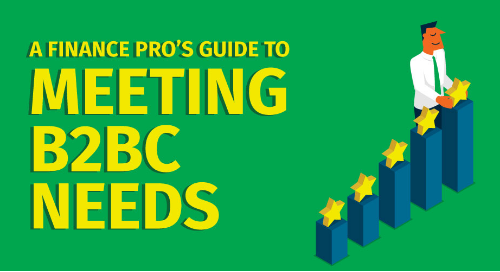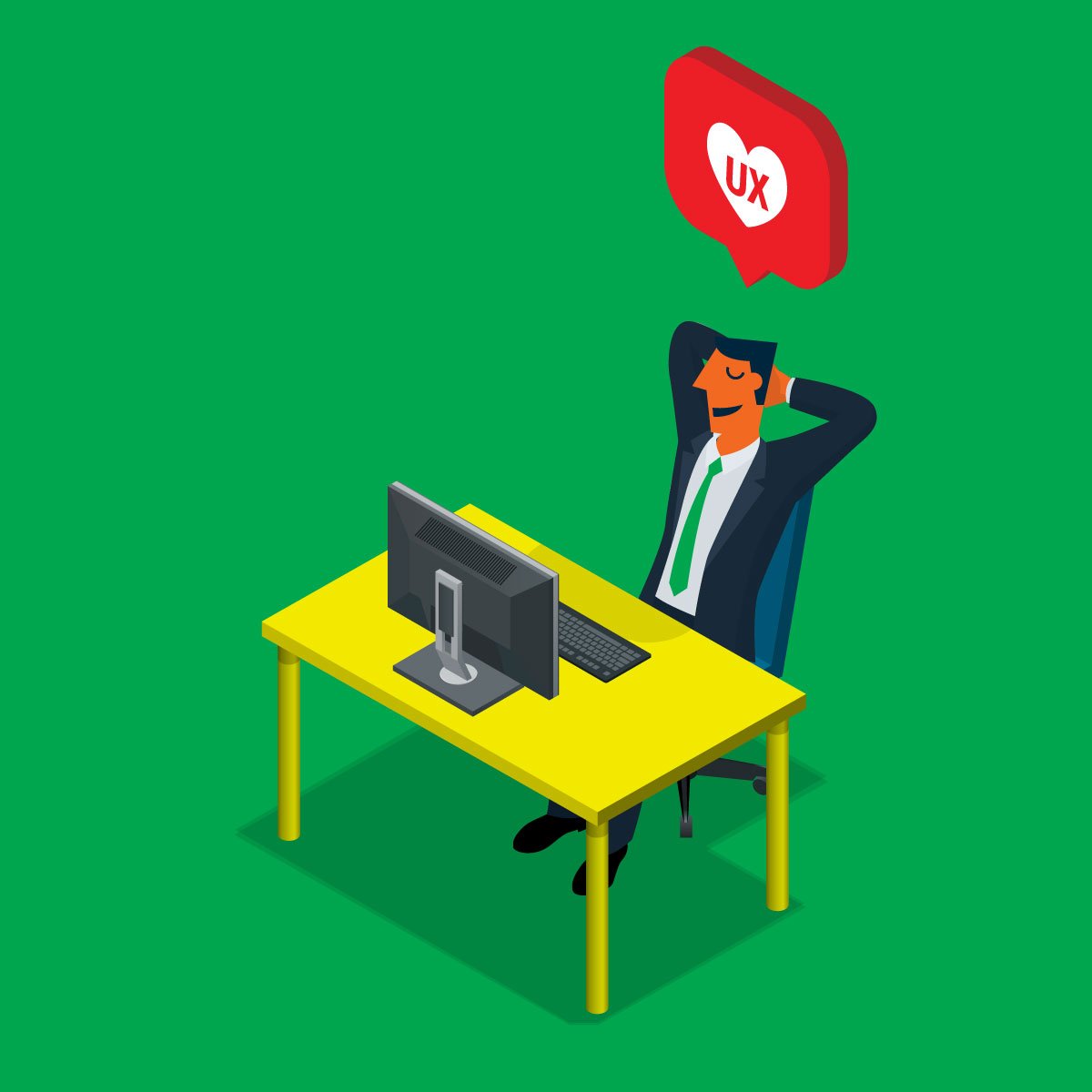
Stories of technology entering the office rarely read like a fairy tale, and yet for some reason, it's often assumed there's going to be a "happily ever after" once a purchase is made.
Go to almost any conference aimed at B2B marketers lately, for example, and you'll hear keynote speakers and panelists often making a similar point: that the way we've gotten used to shopping online, streaming TV shows or movies, playing on our smartphone and having automatic recommendations for things we like has changed corporate buying forever.
While B2B marketing might once have treated CEOs, CIOs or even CFOs as though they checked her personal lives at the door when they come to work, there's a growing recognition that their expectations have changed.
This is nothing really new, of course. In fact, consulting firm Deloitte was talking about this trend five years ago:
"Due to the complexity of B2B transactions, the need for integration of human and digital channels is more pronounced. Moreover, spoilt with the convenience of self-service in the consumer space, B2B buyers are now on the hunt for a superior sales and self-service experience"
Deloitte
More recently, Forrester Research declared 'The Birth Of The B2B Consumer' in a report that covered similar territory.
"In an increasingly subscription-centered economy, B2B consumers have more choices than ever, and they want to know that their purchase decision is paying off long after the ink dries on the contract - raising expectations for even more personalized engagement after the sale," the authors wrote. "B2B marketers need to embrace proven B2C loyalty marketing practices to prevent customer erosion."
"B2B marketers need to embrace proven B2C loyalty marketing practices to prevent customer erosion."
Forrester
While this is all undoubtedly true, this may be a mind shift with a missing link. It's not just B2B buying processes that need to adapt to the human-centered, more simplified approaches of consumer brands. The way B2B products are used must become easier too.
B2B consumers (B2BC), in other words, shouldn't merely be thought of as a set of people making transactions, but consumers looking for the best possible user experience (UX) when they put the product into action.

Of course, if some in the tech vendor community are still figuring out what a good B2BC UX design looks and feels like, it can only be more challenging for CFOs or FP&A teams who are trying to find the right tools for their highly specific needs.
Last Fall, CIO Magazine published a look at some possible best practices in B2B UX. Though the advice was aimed at those developing web sites or products for other B2B companies, you could still apply it to a particular line of business - like finance.
"Most B2B brands have the advantage of long-term relationships with their customers. Those relationships can form the basis for UX research - an iterative process that continuously optimizes users' digital interactions," the article said. "Beta testing, focus groups and other research methods play an important role in B2B UX design. But methodology aside, you need to spend time listening to your customers to determine how to improve the user experience for each type of user that visits your commerce site."
 For CFOs or those leading FP&A teams, the "customers" in your case are your staff and colleagues. You may not be well versed in enterprise software design, but you can still tap into your inner expertise about how your coworkers do their jobs today, and the kind of UX that will make changing processes or adapting to new tools more fluid.
For CFOs or those leading FP&A teams, the "customers" in your case are your staff and colleagues. You may not be well versed in enterprise software design, but you can still tap into your inner expertise about how your coworkers do their jobs today, and the kind of UX that will make changing processes or adapting to new tools more fluid.
A "focus group," in this case, could simply be your next team meeting, where you talk candidly about what you're trying to accomplish by making a software purchase, and then solicit feedback about how to provide a tool they'll love.
If "love" seems like too strong of a word, don't worry. Adopting a B2BC mindset just means taking into account the emotional aspects of using a particular piece of technology. A publication called UX Collective nailed it with an article on excellence in enterprise SaaS design:
"An enterprise user, other than wanting to get his work done efficiently, often has other agendas like career growth, learning, and success within the organization. Designing for working professionals requires a good understanding of their job context, workflow, environment, aspirations, problems and also looking into their current solutions"
UX Collective
Hopefully if you work in finance, you have that understanding already. It's a matter of translating it into the requirements you bring to the vendors you're considering. Also bear in mind that a good SaaS vendor will have the benefit of working with multiple customers within a particular geography, industry or role. Glean what they've learned from similar business consumer experiences as you make your final decisions.
Finally, the right vendor will also be prepared to have an ongoing dialogue about how B2BC UX should evolve, including ways it might need to be customized to your particular "consumers."
There may always be differences in the software used by consumers versus those in a business - price, security and functionality come to mind - but complexity shouldn't be one of them. Over time, we may come to see that as the very antithesis of what B2BC is meant to be.